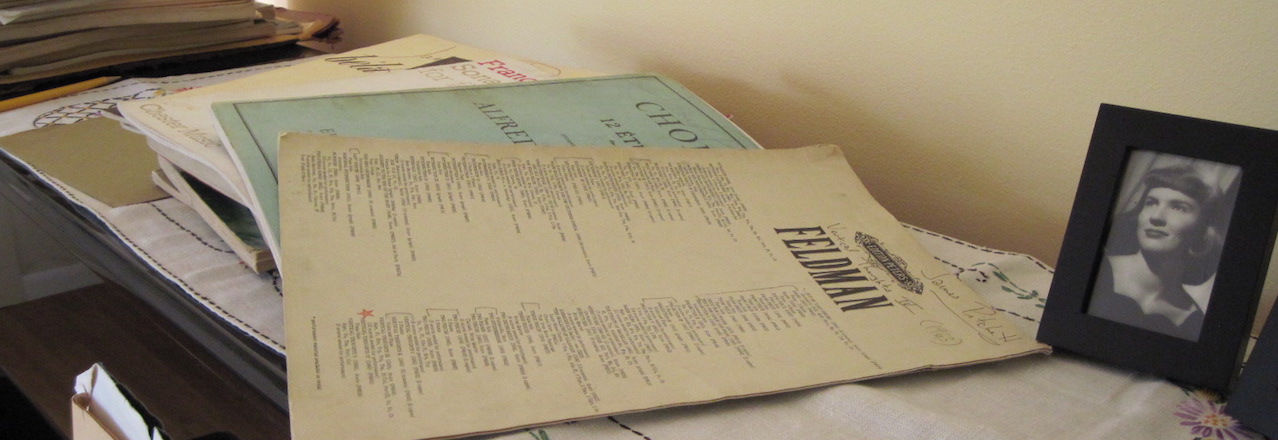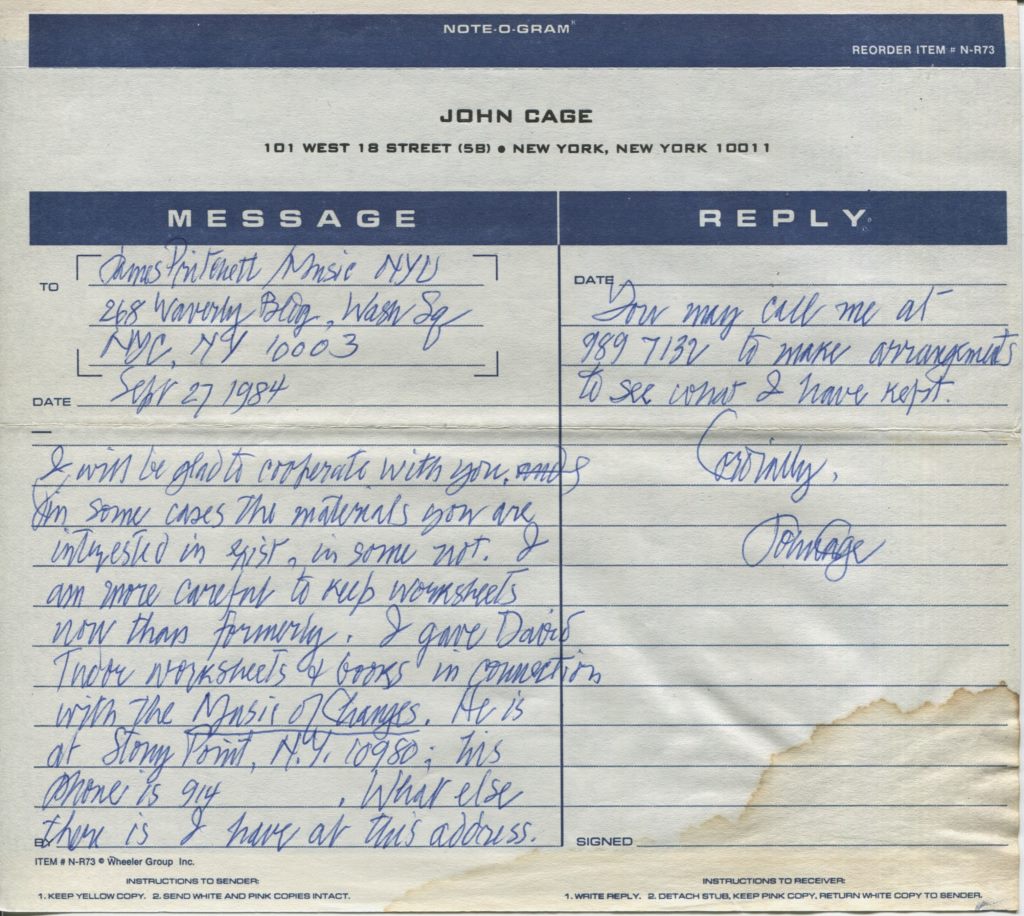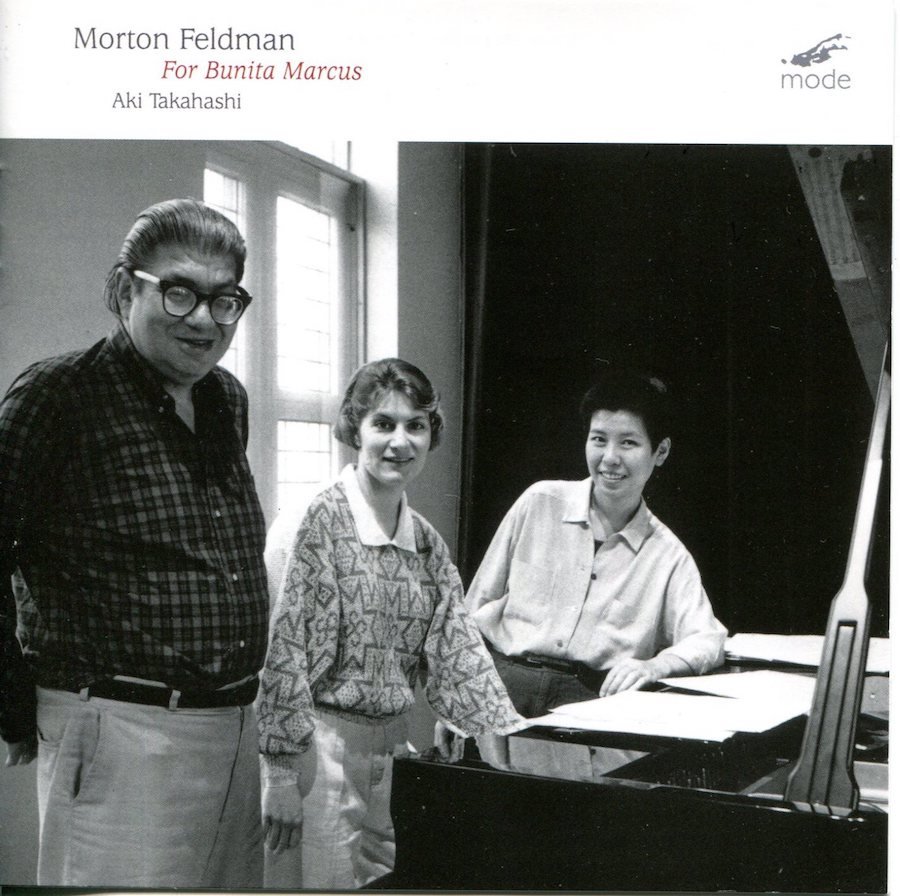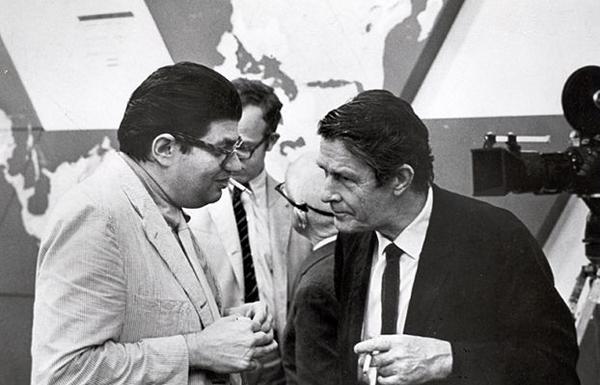Cage, Satie, Feldman, Takahashi
(This text was written to accompany Mode Records CD 327 John Cage: The works for piano 11) In June of 1980, Aki Takahashi was preparing to leave Buffalo, New York. Morton Feldman, knowing her reputation as a pianist specializing in new music, had invited her to be an artist in residence at the university where […]
Cage, Satie, Feldman, Takahashi Read More »



